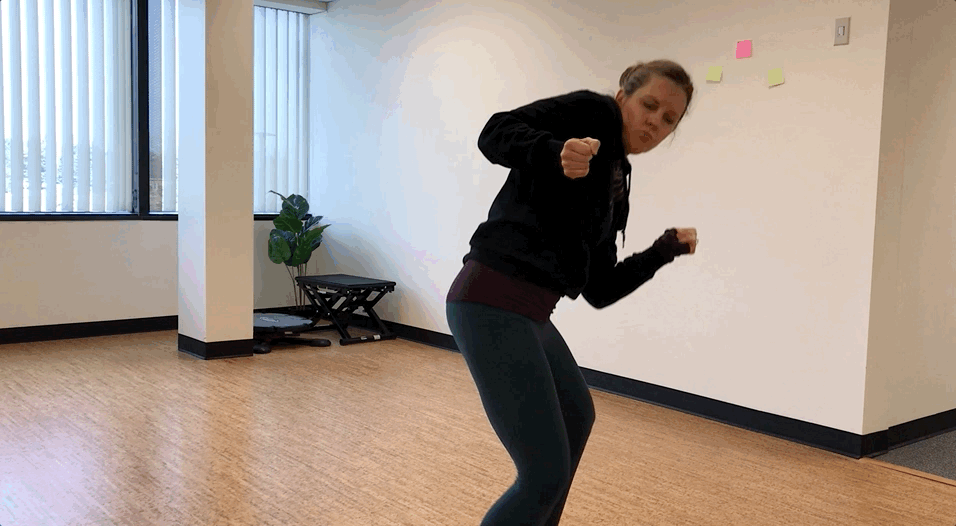Many dancers fear injury, and worse, avoid fully addressing their pain or injury once it's happened. Unfortunately, this avoidance can escalate an injury and prolong pain, which makes the recovery process even more difficult. Having a focused and thoughtful approach to injury recovery can help you keep injury from ruining your dance career and can even help you become a stronger and healthier dancer.
As I look forward to presenting at summer dance intensives for both Dancenter North and Millennium Dance Center this week, I am sharing my hands-down best advice possible to help you heal well after injury so you can keep your dancer career alive and thriving. I have seen these basic practices help many dancers get and stay healthy- I hope they will help you, too.
SEEK MEDICAL ADVICE.
Many dancers avoid seeing a doctor or physical therapist because they fear being told to stop dancing. The problem is, NOT addressing a problem doesn’t make it go away- it makes it worse. If you are injured or in pain, get it checked out and don’t stop until you get the care you need to fully recover. The time you think you might lose from seeking care is nothing compared to the time you stand to lose if you don't get the help you need now. So, go out and...
FIND HELP THAT MEETS YOUR NEEDS.
Find a physician and/or therapist that will listen fully to your concerns and who will address them to your satisfaction. If your goal is to continue dancing, your doctor or physical therapist should do everything possible to help you do that. While finding the right person to help you can take some work, trying to recover from an injury completely on your own is even tougher. Don’t give up on yourself if you can’t get the answers you need- keep asking.
DON’T OVERUSE ICE.
Ice can be helpful to reduce pain and swelling if you’ve overdone it. However, you should never need ice on a consistent basis. A much safer and more effective method of managing symptoms is to adjust how much and how hard you are dancing to a level that doesn’t cause you pain or swelling. Your dancing will actually progress much more quickly if you don’t have to spend so much time and effort recovering from it.
STAY ACTIVE.
Movement is a critical part of the healing process. However, movement that puts you in pain or worsens your injury will not help you heal. Work with your physical therapist on ways that you can stay active and as safe as possible while you recover. If your doctor has not recommended physical therapy, ask for it.
LISTEN TO YOUR BODY.
While some aches and pains are a normal part of the experience of pushing your body to its limits, pain that is persistent or keeps you from moving and dancing normally should be addressed as quickly as possible. Ignoring pain or thinking that you can just “work through it” puts you on the path toward more severe injury and more time lost from dancing. Your body is smart- it knows how to take care of you. Listen to it.












